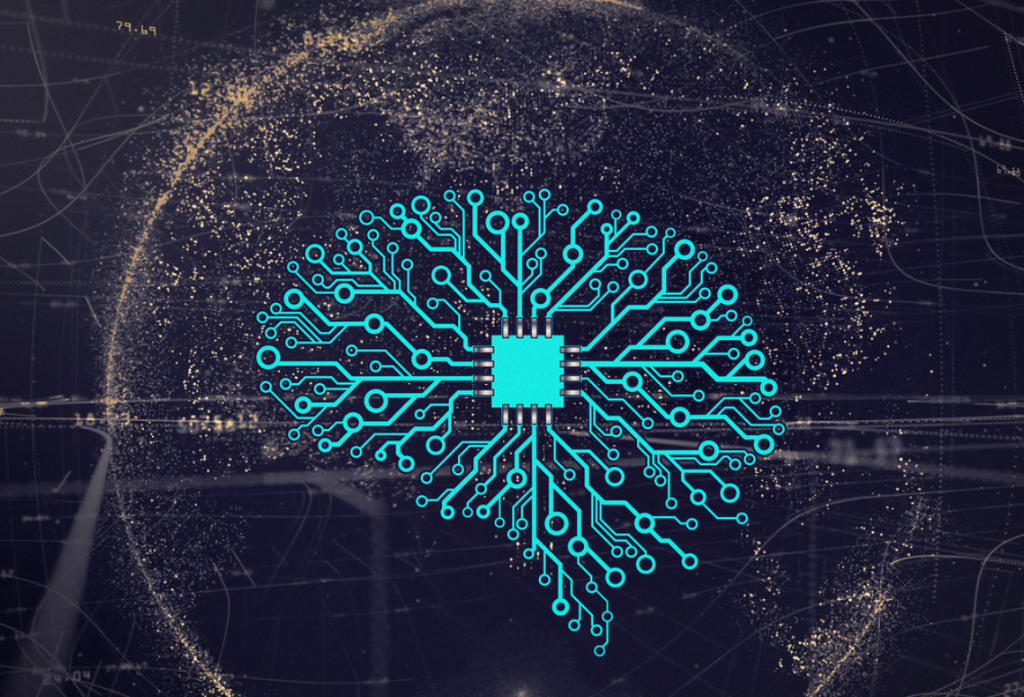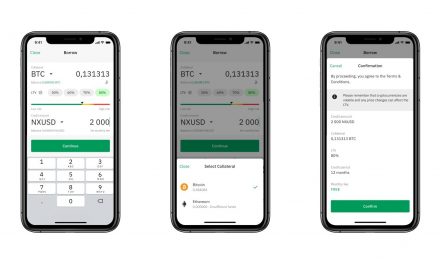Integrating Technology: The Convergence of Blockchain and AI
A Childhood Passion for Technology
In the quiet outskirts of Canada, Trent McConaghy grew up as the son of a pig farmer, where recreational activities were scarce. The only source of intellectual stimulation came from a computer his father bought him in the 1980s, leading to a self-taught journey into the world of coding. The journey began with creating his version of Pac-Man and unfolded into a lifelong passion for Artificial Intelligence (AI), ignited by a used book discovered at a garage sale when he was 10.
Trent’s exploration of AI was relentless; he delved into neural networks and developed cutting-edge strategies, using AI for circuit-board design before the concept of the internet was mainstream. His career navigated through AI-centric startups until 2013, when blockchain technology seized his interest.
Crafting the Connection: AI and Blockchain

While the integration of AI and blockchain seems a recent phenomenon, McConaghy has lived at this intersection for decades. He sees blockchain as a pivotal tool in enhancing and refining AI technology. However, the discourse around combining these two often remains nebulous, with practical applications seeming like a mixture of disparate ingredients.
The initiatives to amalgamate Web3 and AI predominantly emanate from the Web3 community, revealing a discordance in perception and possibly a one-sided enthusiasm. The eagerness of blockchain advocates clashes with the AI community’s reticence and the palpable frustration over the speculative nature of the discourse. This juxtaposition necessitates a thorough exploration into the tangible ways Web3 can contribute to the advancement of ethically sound and secure AI.
The Bedrock: Data and Computation
The caliber of any AI model is intrinsically tied to its data. Training these models demands an extraordinary level of computational power and energy, dwarfing the consumption seen in bitcoin mining. ChatGPT, a quintessential example, has showcased tendencies to produce unfounded results, presenting a complex dilemma. The opacity of the data in Learning Language Models (LLM) creates challenges in tracing the exact origins of specific data outputs, making auditing for copyright infringement, bias, and inaccuracies theoretically possible but practically difficult.
Blockchain, with its meticulous data tracking, holds the potential to revolutionize this dynamic. It can extend its capacities to scrutinize and validate the data and could potentially enlarge the spectrum of data sources, bringing into the fold sectors like health care and financial information where privacy is paramount.
The Incentive Paradigm
Harnessing blockchain’s capability requires incentivizing individuals to share their personal data while preserving their privacy. In this model, every contributor of data, from an average individual to celebrities like Taylor Swift, could be an integral part of a decentralized system that propels AI forward. McConaghy’s Ocean Protocol envisages a decentralized data marketplace fostering widespread data accessibility and equitable distribution of power and wealth.
The realization of such a vision is steeped in intricate challenges, including ensuring data ownership, compliance with privacy norms, and attaining scalability. The convergence of crypto and AI demands extensive foundational work, from infrastructural advancements to meticulous data and computational strategies. McConaghy, despite his unyielding passion for AI, acknowledges the immense work still pending in the AI domain.
The Computational Puzzle and Decentralized Solutions
The computational aspects of AI not only necessitate advanced computer chips, which are presently in short supply, but also a decentralized approach to address the escalating demand for data processing. Projects like Gensyn aim to encourage users to lend their computing power to a network in return for compensation, cultivating a decentralized system capable of training AI. The success of decentralized solutions like Filecoin and Helium suggests the viability of such initiatives in overcoming long odds.
The task isn’t without complexities, with verification being the prime challenge. The dynamism of machine learning requires constant verification against moving targets, demanding innovative approaches like Zero-Knowledge Proof to maintain privacy. The unique demands of decentralized systems pose substantial questions about task allocation and coordination, emphasizing the need for robust infrastructure.
The Viability of Blockchain

The alignment of data solutions like Ocean with computational solutions like Gensyn remains unresolved, and achieving a user-friendly experience is imperative. If developed successfully, these integrations can redefine the realm of AI and blockchain, leading to unprecedented innovations.
Yet, the necessity of blockchain in developing ethical AI is debatable. Some experts contend that the true enabler might be cryptography, and not necessarily cryptocurrency. While there are champions of decentralized AI who see blockchain as the only viable route, others argue that several open-source solutions might not require a blockchain substrate.
The potential dystopian consequences of intertwining blockchain’s darker facets with the perils of uncontrolled AI underline the imperative of careful and thoughtful development. The maturation of mainstream solutions might be slower than anticipated, but the persistent endeavors in this field signify a relentless pursuit of converging AI and blockchain to unlock untapped potentials, aligning with McConaghy’s lifelong obsession and vision for a harmonious technological future.





